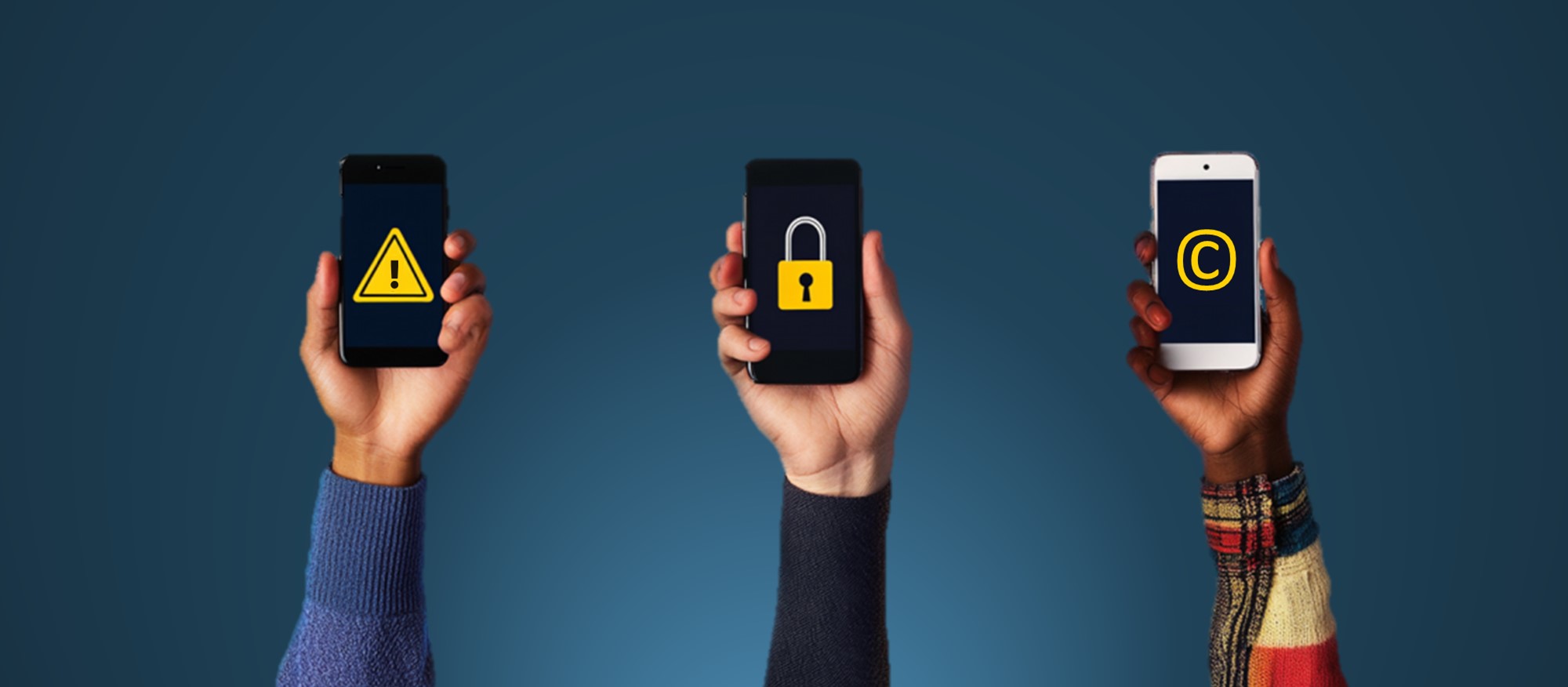
Navigating the Boundaries of Foreign IP on Social Media
In the interconnected world of social media, the use of copyrighted material, especially from foreign sources, is commonplace. However, the legal boundaries surrounding such use can often be murky. Fair use, a doctrine enshrined in copyright👉 A legal protection for original works, granting creators exclusive rights. law, provides a crucial framework for navigating these complexities. It allows for the limited use of copyrighted material without the permission of the copyright holder, striking a balance between the rights of creators and the free flow of information and expression. Understanding fair use in the context of social media, particularly when dealing with foreign IP, is vital for users, content creators, and businesses alike.
The Essence of Fair Use: Balancing Rights and Access
Fair use is a legal doctrine that permits the limited use of copyrighted material without requiring the permission of the copyright holder. It acts as a safety valve within copyright law, ensuring that copyright protection does not stifle creativity, criticism, commentary, news reporting, teaching, scholarship, or research. By allowing for certain uses of copyrighted works, fair use promotes the free flow of information and expression, which are essential pillars of a democratic society. However, fair use is not a blanket exemption; it is subject to specific limitations and conditions.
Several factors are considered when determining whether a particular use of copyrighted material qualifies as fair use. These include:
- The purpose and character of the use, including whether it is for commercial or non-profit educational purposes.
- The nature of the copyrighted work, such as whether it is factual or creative.
- The amount and substantiality of the portion used in relation to the copyrighted work as a whole.
- The effect of the use upon the potential market for or value of the copyrighted work.
Fair Use in the Global Village: Foreign IP on Social Media
In the age of social media, where content transcends national borders with ease, the concept of fair use becomes even more pertinent. Users frequently encounter and share copyrighted material from foreign sources, raising questions about the applicability of fair use in such contexts. While fair use is primarily a domestic legal doctrine, many countries have similar provisions or exceptions in their copyright laws that allow for limited use of copyrighted material. However, the specific criteria and interpretations may vary.
When dealing with foreign IP on social media, it is essential to consider both the copyright laws of the country where the copyrighted material originates and the laws of the country where the use occurs. This can create complexities, particularly when the laws of different countries conflict or when there is uncertainty regarding the applicable jurisdiction. In such cases, seeking legal advice or conducting thorough research is crucial to ensure compliance with relevant copyright laws.
Examples of Fair Use on Social Media: Navigating the Gray Areas
The application of fair use to social media content can be nuanced and context-dependent. Some examples of potentially fair uses of foreign IP on social media include:
Criticism and commentary
Sharing a short clip from a foreign film to critique its cinematography or analyze its social commentary.
News reporting
Using a copyrighted image from a foreign news source to illustrate a news article about a current event.
Parody
Creating a humorous video that incorporates elements from a foreign song or television show to satirize or comment on it.
Educational purposes
Sharing a brief excerpt from a foreign textbook or academic article in an online course or study group.
It is important to note that these examples are illustrative, and the determination of fair use will depend on the specific facts and circumstances of each case. Consulting with a legal professional or conducting thorough research is always recommended when dealing with copyrighted material, especially from foreign sources.
Best Practices: Minimizing Risks and Respecting Rights
While fair use provides a degree of flexibility, it is essential to adopt best practices to minimize the risks of copyright infringement and respect the rights of copyright holders. Some recommendations include:
Seek permission
When in doubt, seek permission from the copyright holder before using their material.
Attribute the source
Always provide proper attribution to the copyright holder, including their name and the title of the work.
Use only what is necessary
Limit the amount of copyrighted material used to what is reasonably necessary for your purpose.
Transform the work
Consider adding your own creative input or commentary to the copyrighted material to create a new and original work.
Be mindful of commercial use
Commercial use of copyrighted material is generally less likely to be considered fair use.
By adopting these best practices, users, content creators, and businesses can navigate the complexities of fair use and foster a respectful and responsible environment on social media.